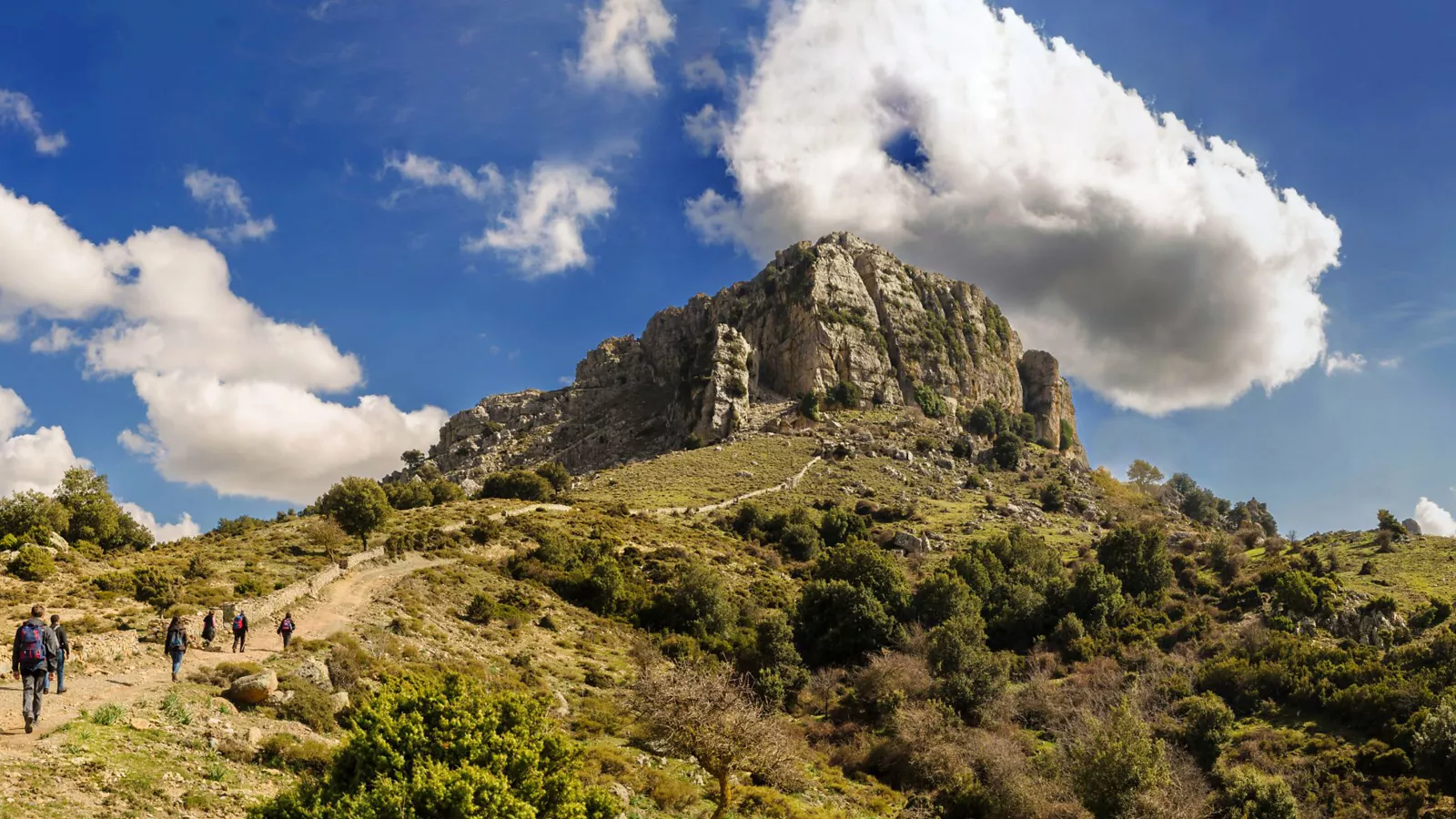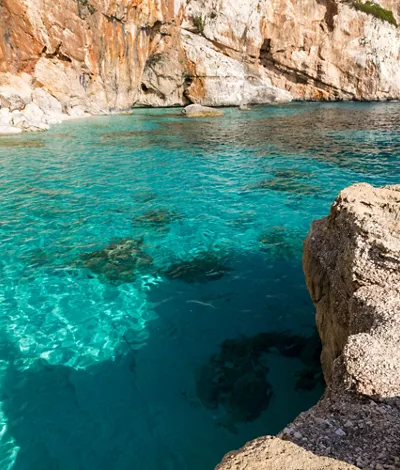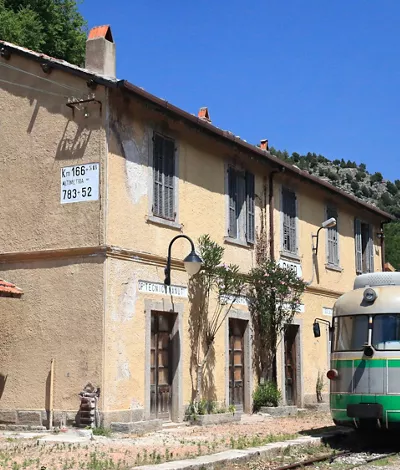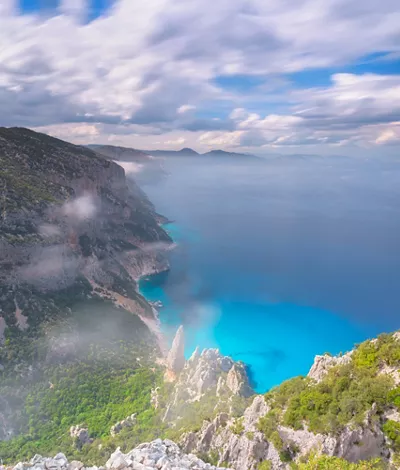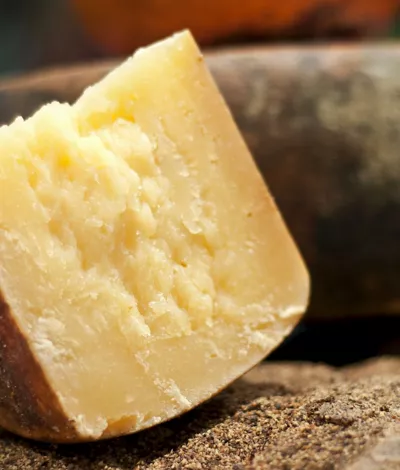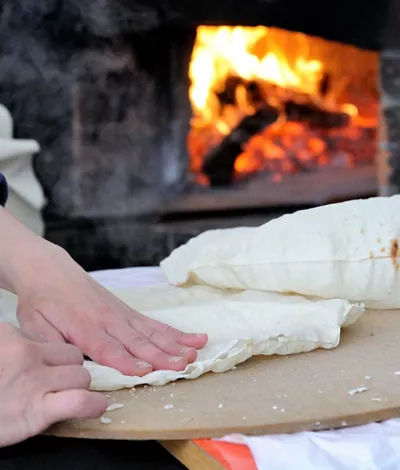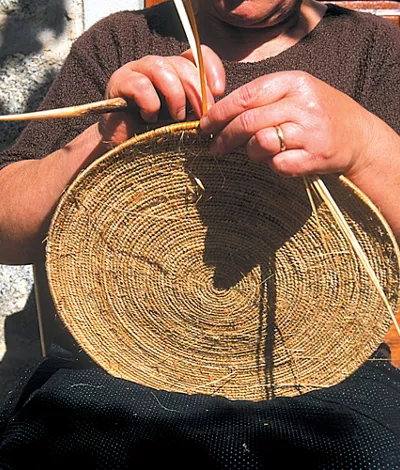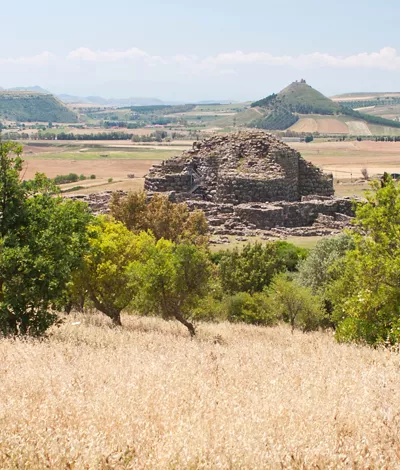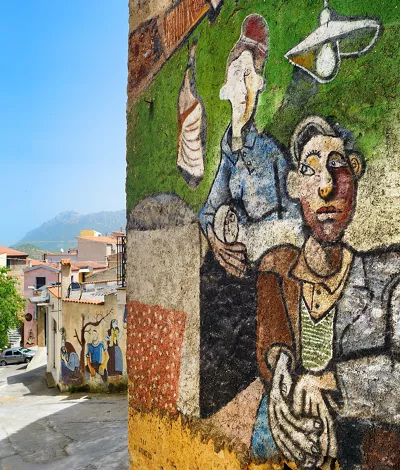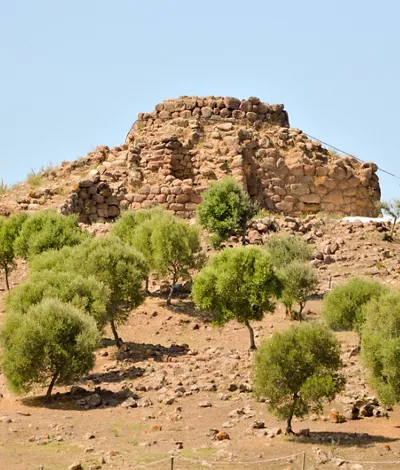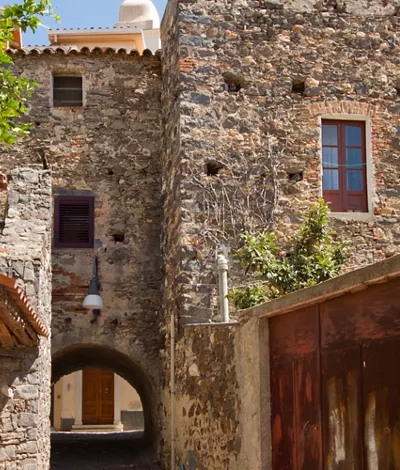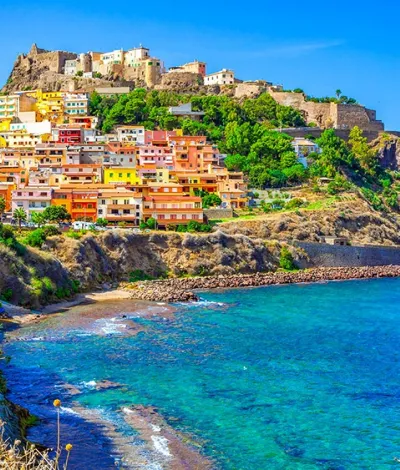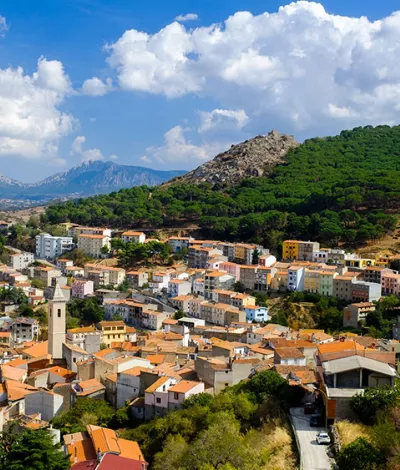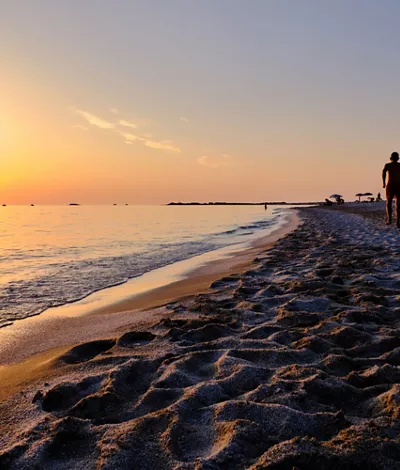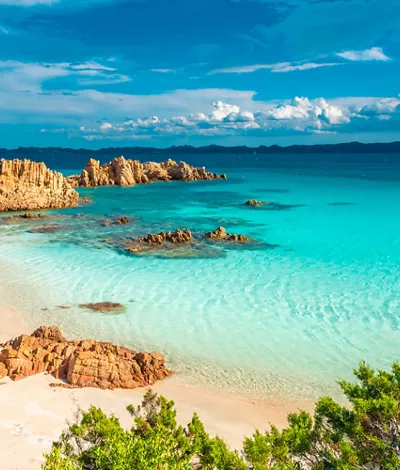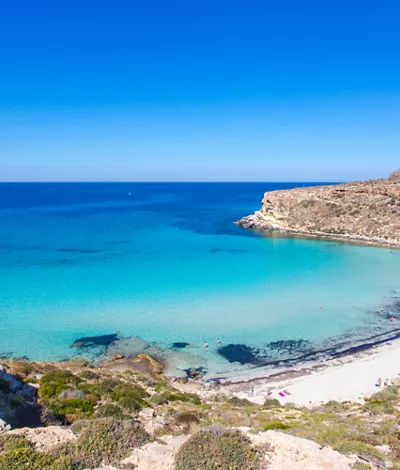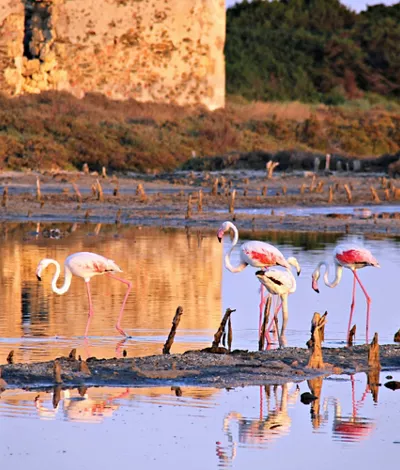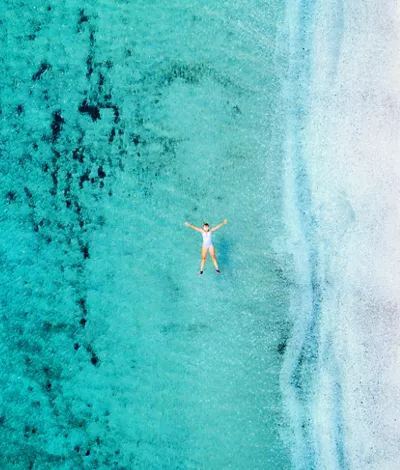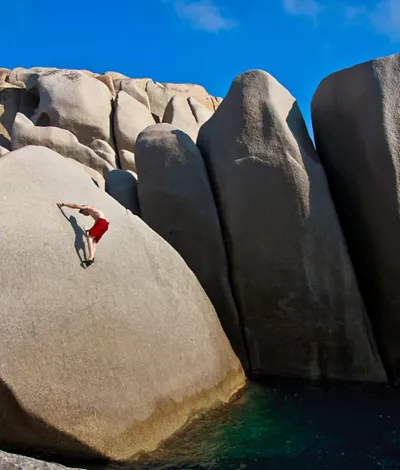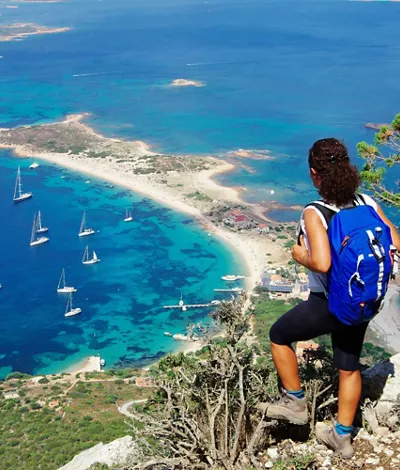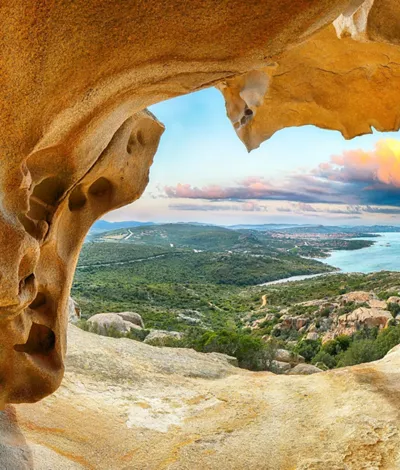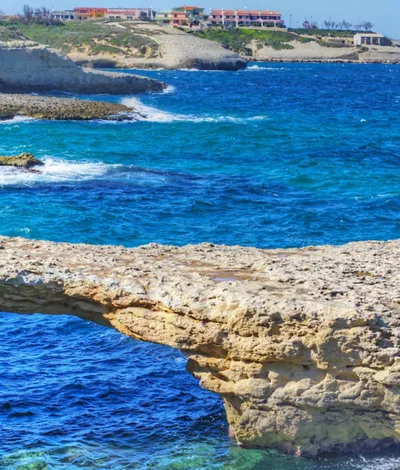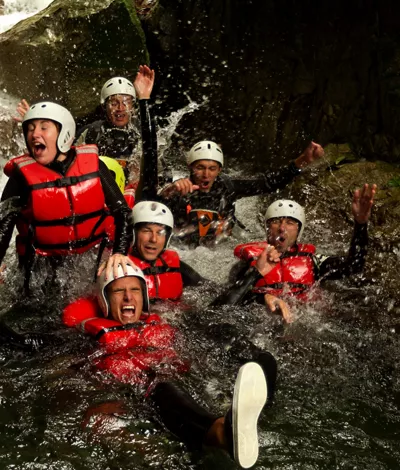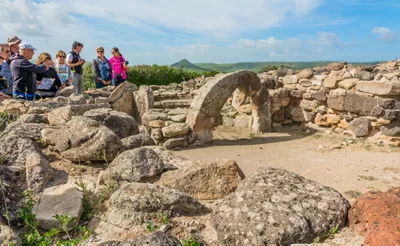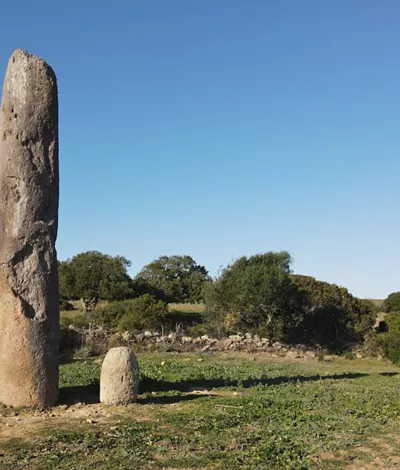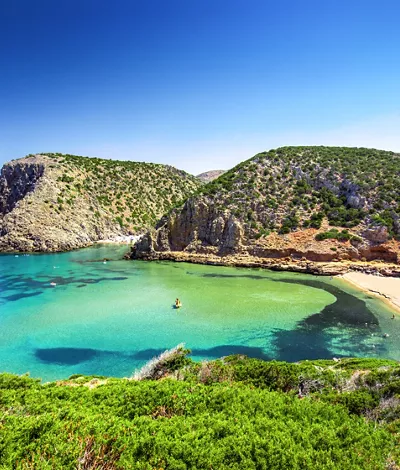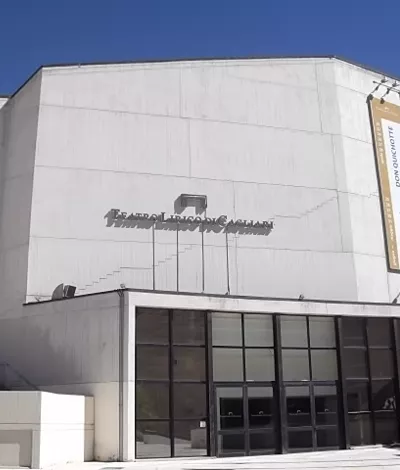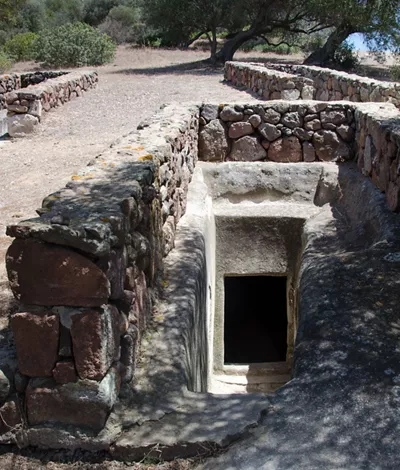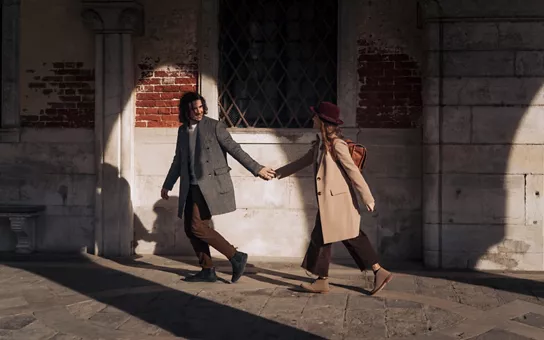Sardinia: a journey to the island of the emerald sea, nuraghi, unspoilt nature and millenary traditions
Crystal-clear waters, beaches of soft, white sand, granite rocks framed by wild, fragrant Mediterranean scrub: welcome to Sardinia, an island of a thousand contrasts that will also seduce you with its unique archaeological heritage and its people's innate sense of hospitality.
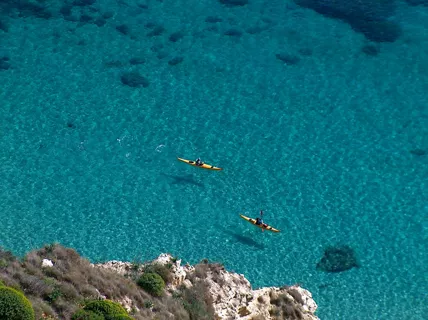
Cagliari
Cagliari goes straight to the heart: a millenary history, a sea of dreams and endless attractions History, art and culture go hand in hand with beautiful beaches, lagoon areas and green parks: Cagliari is the Sardinian jewel of a city that enchants with its majestic architecture, winding alleyways and privileged location directly overlooking the sea.
Discover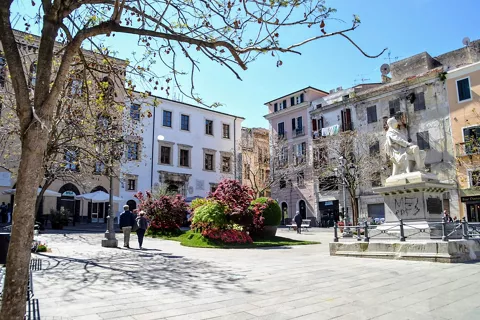
Sassari
Deep cultural roots at a stone's throw from the sea Sassari rises on a plateau that descends to the north-west towards the Gulf of Asinara and the Nurra plain. The centre, surrounded by woods and olive groves, is characterised by its narrow streets and the remains of ancient walls. A stop at the Cathedral of St Nicholas, with its Gothic layout but Baroque façade, is a must. A few steps from the cathedral are the Ducal Palace and the Jesuit College. The true symbol of the city is the Rossello Fountain, in late Renaissance style. Its complex symbolism representing the four seasons is a reminder of the inexorable passage of time. In the heart of Gallura, Aggius is a true open-air art gallery. This small village is known for its brightly painted doors, geometric shapes and traditional designs. If you move to the coast, you can choose between the beaches of Platamona, famous for surfing and windsurfing, Stintino, La Pelosa and La Pelosetta, with white sand and crystal clear sea. At Ferragosto (mid-August), don't miss the “festha manna”, the great feast, the historical procession dedicated to the Assumption that freed the city from the plague. During the Descent of the Candlesticks the candles are carried on the shoulders with dancing in front of the ecstatic crowd.
Discover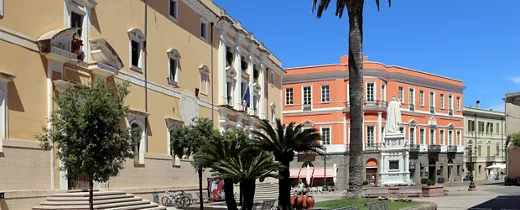
Oristano
Discovering ancient and little-known traditions The province of Oristano, although not very extensive, is rich in places to visit. Already the capital has much to offer, with its beautiful cathedral, the Archaeological Museum and local delicacies. But it is by moving just a few kilometres away from the centre that one comes across striking places. Like the small town of Cabras, with its Mari Ermi, Is Arutas and Maimoni beaches, rich in quartzite grains. Dive in search of the underwater medicinal spring at Funtana Meiga. Plenty of culture, instead, in the varied archaeological heritage of the Museo Civico Giovanni Marongiu, also known as the Museum of the Giants of Mont'e Prama. The Sinis Peninsula is home to the ghost town of San Salvatore, the set of numerous “spaghetti westerns”, and San Giovanni, where the second oldest early Christian church in Sardinia lies. At Tharros, however, the ruins of the ancient Phoenician city can be admired. The Guilcer area includes villages such as Ghilarza, where Antonio Gramsci's house-museum stands, Abbasanta, the archaeological site of the Nuraghe Losa, and Paulilatino, where you can visit the mysterious well of Santa Cristina. Finally, stop at Fordongianus, inland, with its ancient Roman baths and Aragonese House.
Discover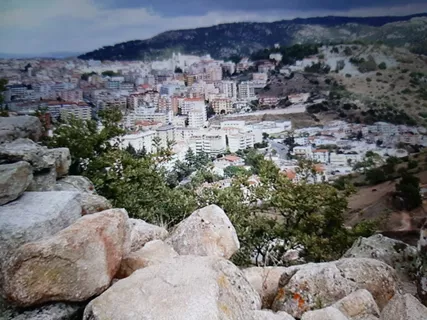
Nuoro
Authentic and surprising land Sardinia is not only sea and beaches, and the province of Nuoro is a clear demonstration of this. An area rich in history, art and traditions, which varies from kilometre to kilometre, passing from green valleys to high mountains. One of the symbols of the Nuoro area is Monte Ortobene, a 955-metre granite mountain. On its summit, the Cuccuru Nigheddu, the Statue of the Redeemer stands. One can admire the wonderful landscape, which opens up to the Gennargentu and the Gulf of Orosei. Not far away, in the Sedda Oddai park area, is the small Church of Solitude, which houses the remains of writer Grazia Deledda. A must-see destination is the Tanca Manna nuraghe, a megalithic monument in the shape of a single tower with a dome, built with rocks and granite blocks, with two opposing niches inside. On the Supramonte slopes, just a few kilometres from Oliena, one comes across the karstic spring of Su Gologone and the deep canyon of Su Gorropu, created by the erosion of Rio Flumineddu. Finally, the cave of Ispinigoli, inside which rings, jewellery and sun symbols were found, revealing the existence of a Phoenician sacrificial well.
Discover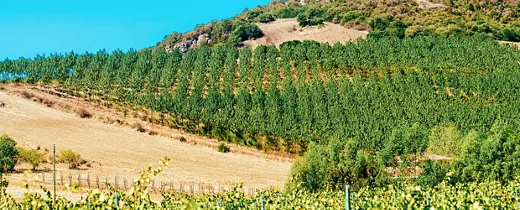
Carbonia
South Sardinia (formerly Carbonia-Iglesias) Isolated beaches, coves and caves: discovering a new side to Sardinia Carbonia-Iglesias is dominated by the two cities that until 2016 were the administrative capitals of its namesake province, which was later incorporated into the province of South Sardinia. Carbonia became a town as recently as the 1930s, developed around the disused coal mines that tourists can now visit thanks to the Serbariu coal mine museum, which opened in 2006. The area surrounding the city boasts archaeological sites that bear witness to the passage of civilisations over the centuries, from the Monte Sirai archaeological site to the Cannas di Sotto archaeological park. Visitors who love the sea can enjoy the wonderful beaches of the Sulcis coastline: Masua beach, Portopaglietto beach and Porto Paglia beach are among the most popular. Iglesias, a royal city in Sardinia during Spanish rule, boasts a historic centre full of churches ranging from Gothic-style architecture to the Art Nouveau style of the early 20th century. It also has a coastline with an amazing number of coves and caves to explore, offering you the chance to relax while enjoying stunning views.
Discover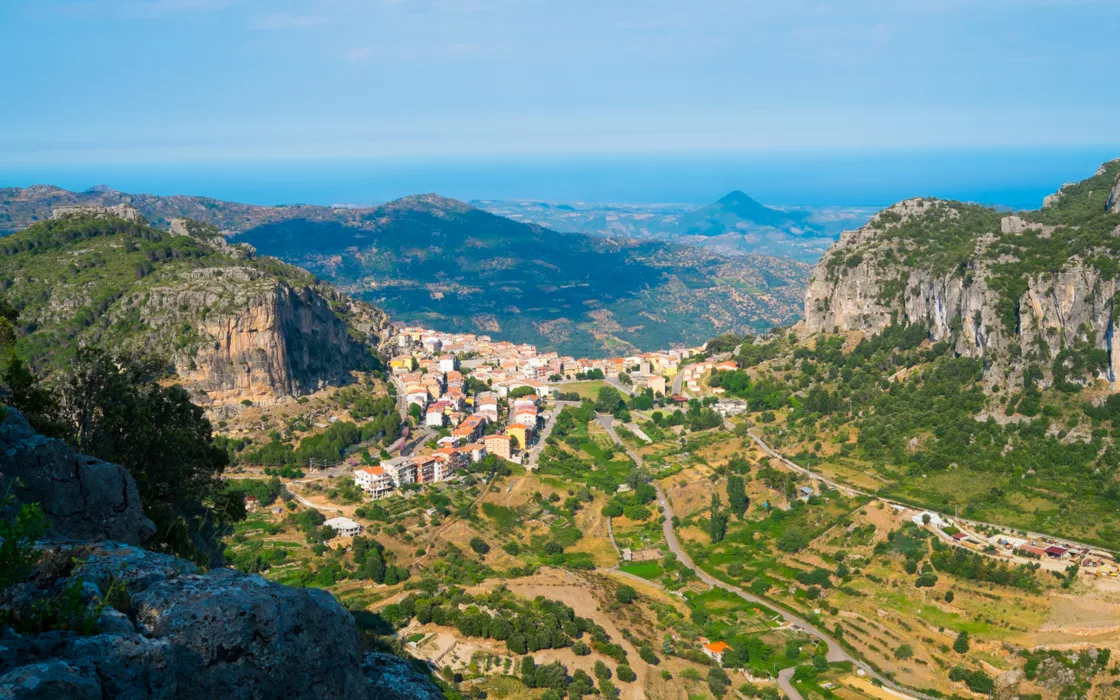

Orani, Ulassai and San Sperate, conceptual art where you don't expect it
Learn more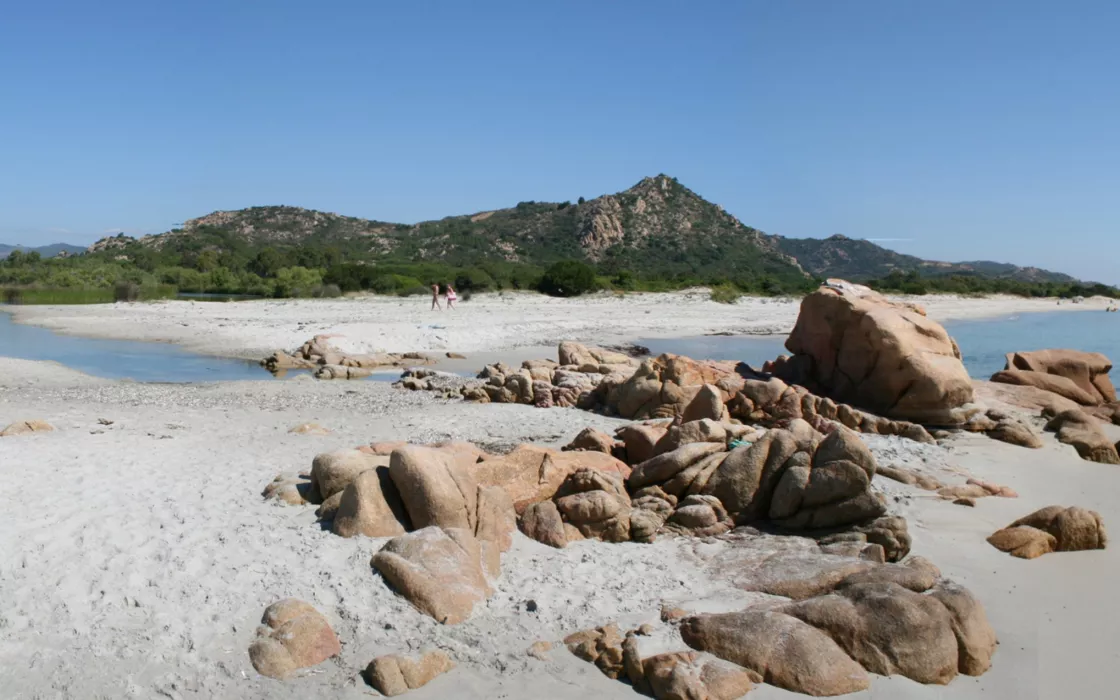

Discovering the Baronie: a corner of authentic Sardinia tucked between the sea and the mountains
Learn more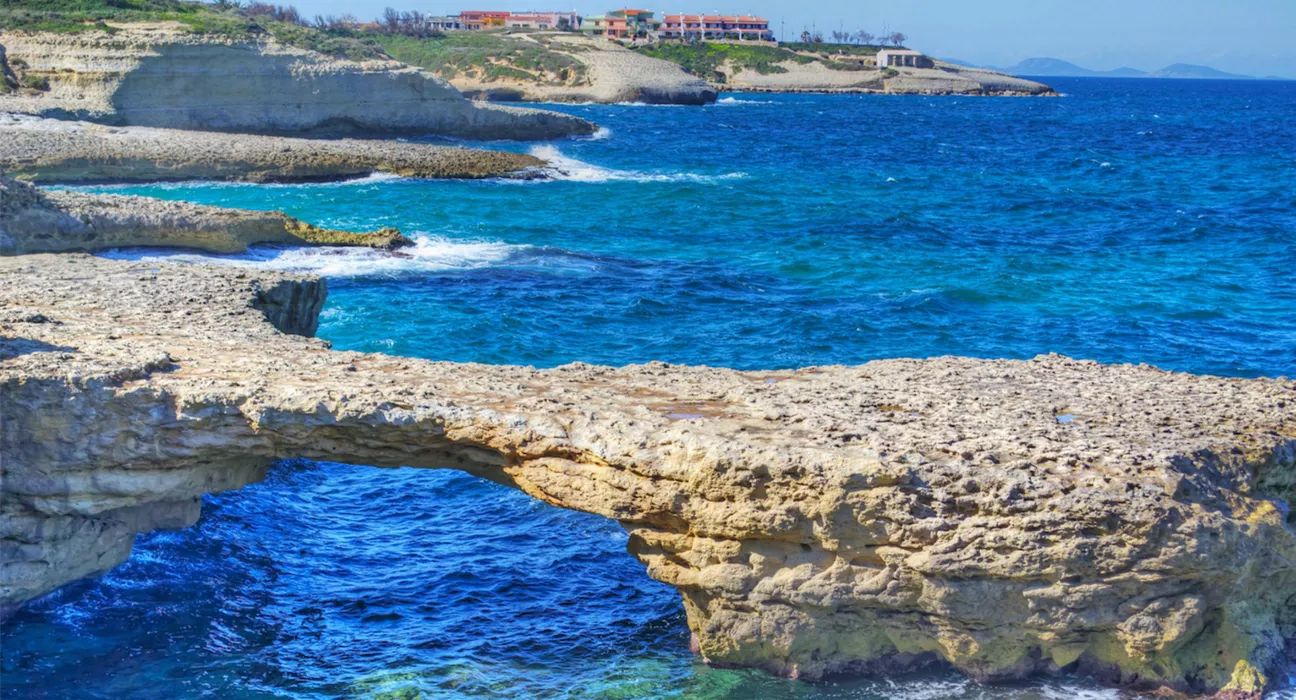
Land of emerald sea, nuraghi and millenary traditions
Sardinia: a journey to the island of the emerald sea, nuraghi, unspoilt nature and millenary traditions. Crystal-clear waters, beaches of soft, white sand, granite rocks framed by wild, fragrant Mediterranean scrub: welcome to Sardinia, an island of a thousand contrasts that will also seduce you with its unique archaeological heritage and its people's innate sense of hospitality.
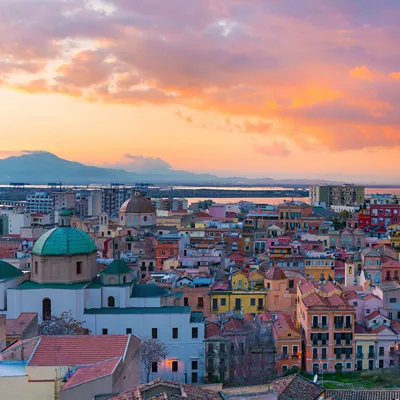

Continue living like an Italian
Subscribe to the Newsletter so as not to miss places, events and experiences for experiencing the best side of Italy: the authentic one.

Keep up to date
Would you like to learn about the most authentic experiences to be had in Italy, stay up to date on the most interesting events, discover our special offers and receive lots of insider hints and tips?


